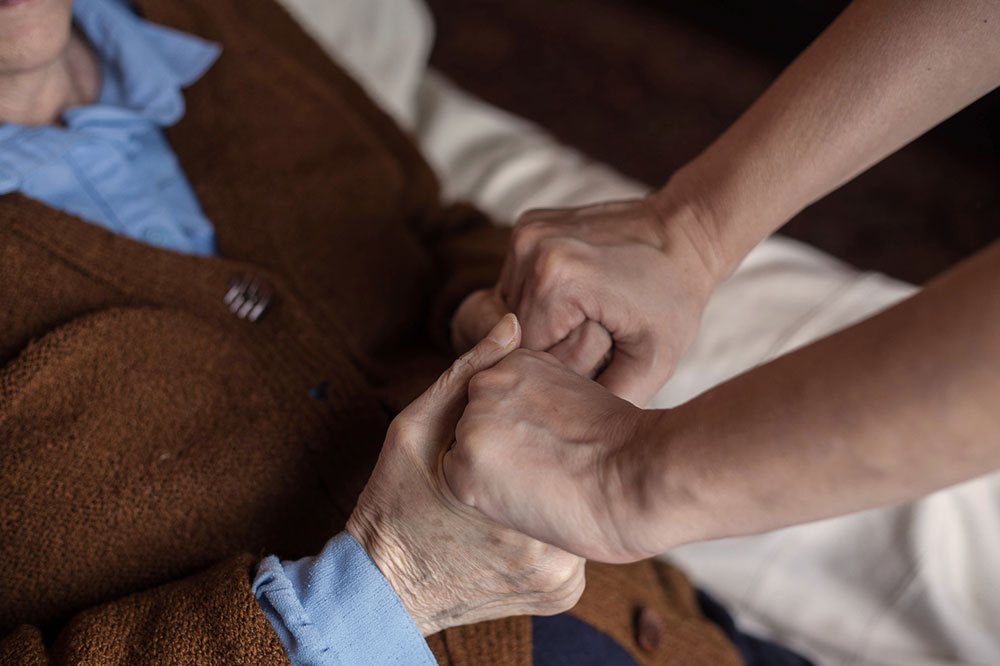Spinal Muscular Atrophy – Types, Diagnosis, and Treatments
Spinal muscular atrophy (SMA) is an autosomal recessive genetic disorder that interferes with the control of muscle movement. This condition occurs when there is a loss of specialized motor neurons in the spinal cord and the brainstem. The loss of motor neurons leads to muscle weakness and muscle wasting that affects activities such as walking, crawling, sitting up, and controlling head movement. In some severe cases of SMA, the muscles used involved in breathing and swallowing are also affected.

Types of SMA
There are different types of SMA that can be distinguished by their features, severity of muscle weakness, and the age at which the problems in the muscles occur.
Physicians have classified SMA in five different types—type 0, type I, type II, type III, and type IV. Each of these types shows different symptoms that help physicians understand the grade of the disorder.
Type 0 – The type 0 SMA is one of the most severe types that affects babies before its birth. Babies with type 0 SMA, experience severe respiratory problems. Symptoms of type 0 SMA include severe muscle weakness, reduced muscle tone, and inability to develop age-related motor skills.
Type I – This type of SMA is also known as the Werdnig-Hoffman disease. This type is also a severe form of SMA and is evident since birth or within the first few months after birth. The physical development in the affected infants are delayed, and most infants are unable to support their head or sit without assistance. Children with type I SMA show symptoms that include problems in breathing and swallowing which may lead to choking, diminished limb movements, tremors, fasciculations, lack of tendon reflexes, and hypotonia—severely reduced muscle tone.
Type II – Type II SMA often begins when a child is between 6 and 18 months of age. Although children with type II SMA can sit without any support, they need assistance in getting to a seated position. Individuals who are affected by this type of SMA cannot stand and walk unaided.
Type III – This type of SMA is also known as the Kugelberg-Welander disease. Apart from that, it is also known as the juvenile type as it has milder features that often develop between early childhood and adolescence. Although the individuals who are affected by this type of SMA can stand and walk without any assistance, they face great difficulty in climbing. This type also causes abnormal gait, difficulty in rising from a chair, and tremors in the fingers.
Type IV – This type of SMA often surfaces when an individual is over 30 years. This type often causes mild to moderate muscle weakness, twitching, tremor, or mild breathing problems.
Diagnosing SMA
Upon observing the symptoms of SMA, a physician will conduct a thorough physical exam and go through the medical history of the child’s family. To make an accurate diagnosis and eliminate other disorders, certain tests will be recommended by the physician.
Genetic testing – Survival motor neuron gene (SMN) and neuronal apoptosis inhibitory protein gene (NAIP) are the two genes that contribute to SMA. In genetic testing, the physician or the doctor checks if there are any defects or changes in these SMN and NAIP genes that will help them diagnose the disorder effectively.
Electrodiagnostic tests – This test includes nerve conduction studies and an electromyography (EMG). In nerve conduction studies, electrodes are positioned on the skin over a sensory or peripheral motor nerve. Through the electrodes, a small electric shock is emitted, and the electrical impulse from the shock stimulates sensory or motor nerves. The electrodes record the reach of the impulse to the nerves and how fast the electricity is carried.
In EMG, the physician inserts a needle electrode into the skin to measure the bioelectrical activity of muscles. This helps in determining any nerve damage along with the diagnosis of the disorder.
Muscle and nerve biopsy – Though muscle biopsy is an old procedure used to diagnose SMA, physicians often rely on it when other diagnostic measures fail. In muscle biopsy, a small muscle and nerve tissue samples are surgically removed from the patient and examined to see if there are any signs of the disorder.
Treatments for SMA
Patients who are diagnosed with SMA are put on different kinds of treatments that involve medications, physical therapy, mobility aids, special nutrition, and respiratory support.
Medication – The medication given to the patients stops the proteins in the central nervous systems that may cause damage to nerve cells.
Physical therapy – Physical therapy given to children with SMA teaches them special range-of-motion exercises that keep their muscles flexible and mobile.
Mobility aids – Mobility aids, such as electric wheelchairs, help children with type I and II SMA and those who are unable to stand or walk without assistance.
Nutrition – Children with type II SMA have special nutritional needs because of difficulties experienced in chewing and swallowing. Therefore, to meet these needs, they are made to follow a specific diet.
Respiratory support – Respiratory support involves breathing exercises, use of breathing equipment, supplemental oxygen, and yearly immunizations.




